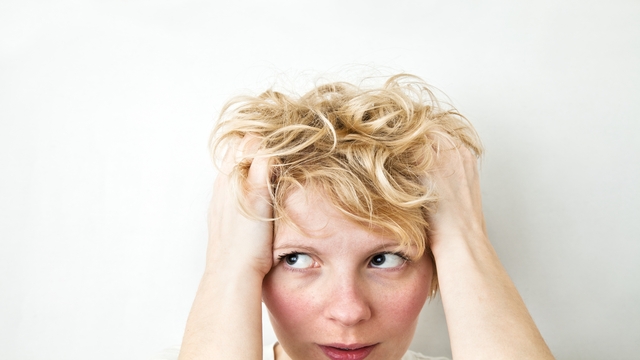How many television ads have we seen involving dandruff shampoos? But this real condition, known as seborrheic dermatitis, stems from a yeast irritation called malassezia.
Appearing as flakes or scales, yellow to white, the condition forms oily areas on the scalp. Even infants are susceptible to a condition called cradle cap. Dandruff can appear on other areas of the body including the face and chest.
Other factors that contribute to seborrheic dermatitis include a genetic predisposition to dandruff, obesity, weather extremes, alcohol based lotions, infrequent shampooing, even stress.
Some neurological conditions are thought to be factors in the development of seborrheic dermatitis including stroke, Parkinson's disease and head injury.
While dandruff is a chronic condition it is treatable using shampoos or lotions containing selenium. The condition may lie dormant for periods of time but flare-ups are inevitable.
Severe cases of seborrheic dermatitis are treated with ketoconazole, or corticosteroids.





Add a CommentComments
There are no comments yet. Be the first one and get the conversation started!